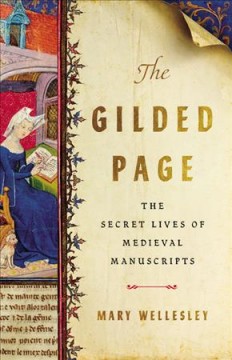About this item
Medieval manuscripts can tell us much about power and art, knowledge and beauty. Many have survived because of an author's status - part of the reason we have so much of Chaucer's writing, for example, is because he was a London-based government official first and a poet second. Other works by the less influential have narrowly avoided ruin, like the book of illiterate Margery Kempe, found in a country house closet, the cover nibbled on by mice. Scholar Mary Wellesley recounts the amazing origins of these remarkable manuscripts, surfacing the important roles played by women and ordinary people - the grinders, binders, and scribes - in their creation and survival. The Gilded Page is the story of the written word in the manuscript age. Rich and surprising, The Gilded Page shows how the most exquisite objects ever made by human hands came from unexpected places.
About the Author
Mary Wellesley
Dr Mary Wellesley is a British Library Research Affiliate. She did her undergraduate degree in English Literature at Lincoln College, Oxford before moving to University College London to pursue post-graduate research. Her doctoral thesis examined the manuscripts of the Life of Our Lady by the Benedictine monk and poet, John Lydgate (c. 1370-1450) .She has published book chapters and articles on aspects of medieval literature and manuscript study, and co-edited Stasis in the Medieval West: Questioning Change and Continuity for Palgrave in 2017. Alongside her academic work, Mary also writes and reviews for non-academic publications. Her work has appeared in The Times and The Telegraph amongst others, and she is a regular contributor to The London Review of Books and The Times Literary Supplement. She is writing a book about iconic manuscripts from medieval Britain, which is under contract with Quercus. In 2017 she worked as the writer and researcher for Discovering Literature: Medieval.
Report incorrect product information.


